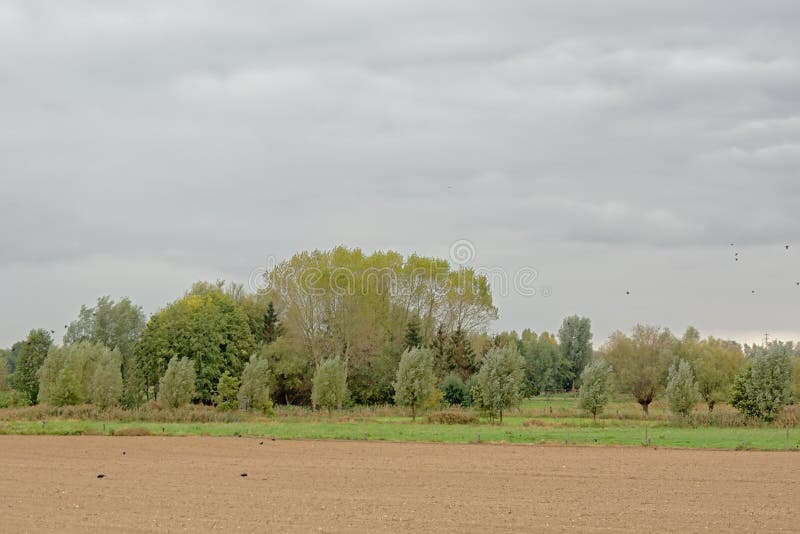

Further, oil companies face a host of constraints when looking to increase production, namely the availability of drilling crews and sand for hydraulic fracturing. Similarly, banks that once lent oil companies money are now hesitant to commit more funds without guarantees that they will plow revenues into loan repayment, rather than more new drilling. Now that oil prices have risen, investors are looking to see profits returned to shareholders in the form of dividends and stock buybacks, rather than invested in more production. As of the beginning of 2022, oil companies listed in the S&P Oil and Gas Exploration and Production index had amassed $167 billion in debt, down from a high of $298 billion in 2020. Over the last decade, oil companies have not only been lighting excess natural gas on fire, they’ve been lighting money on fire as well. Of those 25 million acres, roughly half are sitting idle, meaning oil companies hold existing rights to develop those resources, but are choosing not to.


In total, the oil industry now holds leases to more than 25 million acres of public lands - an area roughly the size of Kentucky. Further, the Bureau of Land Management has continued its historical trend of rubber stamping drilling permits. In FY 2020 and FY 2021, the agency approved 98% and 96% of all drilling permits it processed. It is also worth noting that roughly half of all approved, but unused, drilling permits are in New Mexico where drillers have dramatically ramped up production in the Permian Basin. Combined, three companies hold more than a third of all approved, but unused, drilling permits - EOG Resources, Devon Energy, and Occidental Petroleum. That means oil companies aren’t just speculating they believe there is oil and gas in their leases and can use the approved permits now. Now, the oil industry is sitting on a remarkable 9,173 approved, but unused, federal lands drilling permits. To obtain a drilling permit, a company must pay a fee of more than $10,000 and use it within two years (with one two year extension possible). During 2021, the Bureau of Land Management approved nearly 4,000 drilling permits - a rate higher than during the first three years of the Trump administration. Similarly, the Biden administration is continuing to approve drilling permits. Even though it only accounts for roughly 7% and 8% of domestic production, respectively, oil and gas production on public lands is at or near an all time high. Has the Biden administration shut down oil production? Further, oil companies are allowed to submit bonds - deposits intended to cover the costs of cleaning up wells should they go bankrupt - that are far below the actual cost of remediating wells, leaving taxpayers on the hook for millions in cleanup costs.

Oil companies that buy those leases are then subject to unbelievably favorable terms that allow them to pay below-market royalty rates and sit on idle leases for years. Once put up for auction, drilling leases are sold at bargain prices - as little as $2/acre - and if they don’t draw any bids, speculators can snap up unsold leases at even cheaper rates. The Bureau of Land Management must then evaluate those parcels, regardless of how ridiculous the nomination (inside a national park, no oil potential, etc…), and determine what lands should be leased at auction. Let’s quickly run through the process.įirst, oil companies - or any member of the public - can anonymously nominate a parcel of public lands they’d like to see auctioned for oil and gas development. How did we get here?įor more than a century, the oil industry has taken advantage of a broken and rigged legal system that lets it drill on public lands at bargain rates. Further, oil production on public lands is near all time highs, despite industry claims that the Biden administration has suppressed domestic production. Companies now hold more than 9,000 approved, but unused, drilling permits on national public lands, all of which could be put to use today. Combined, the oil and gas industry holds leases to more than 25 million acres of publicly-owned minerals, roughly half of which sit unused. As war rages in Ukraine and debate over drilling on American public lands is once again in the news, a new dashboard from the Center for Western Priorities highlights the hypocrisy of the oil industry’s push to throw even more public lands open to drilling.


 0 kommentar(er)
0 kommentar(er)
